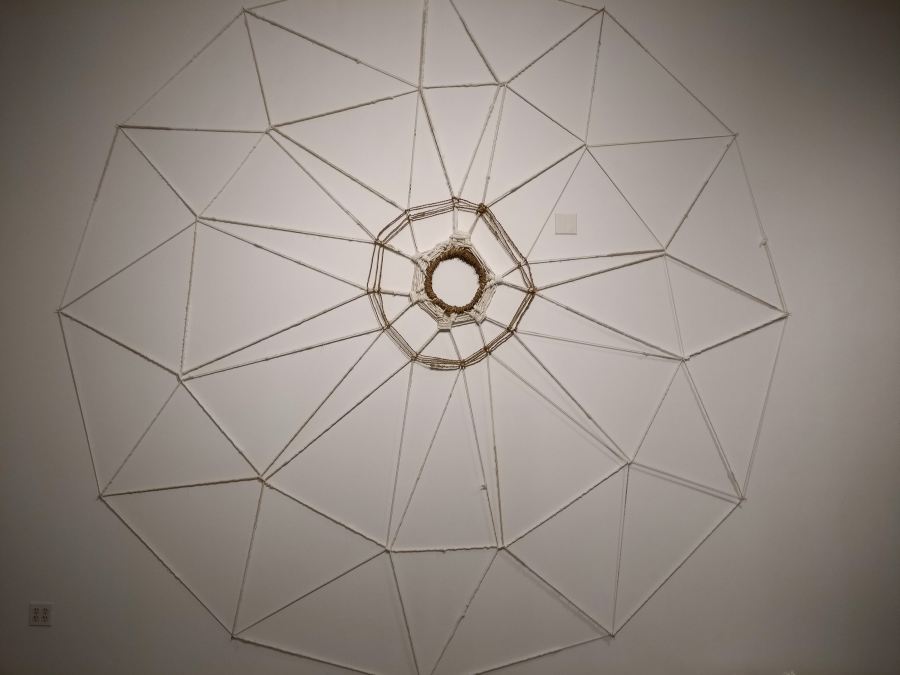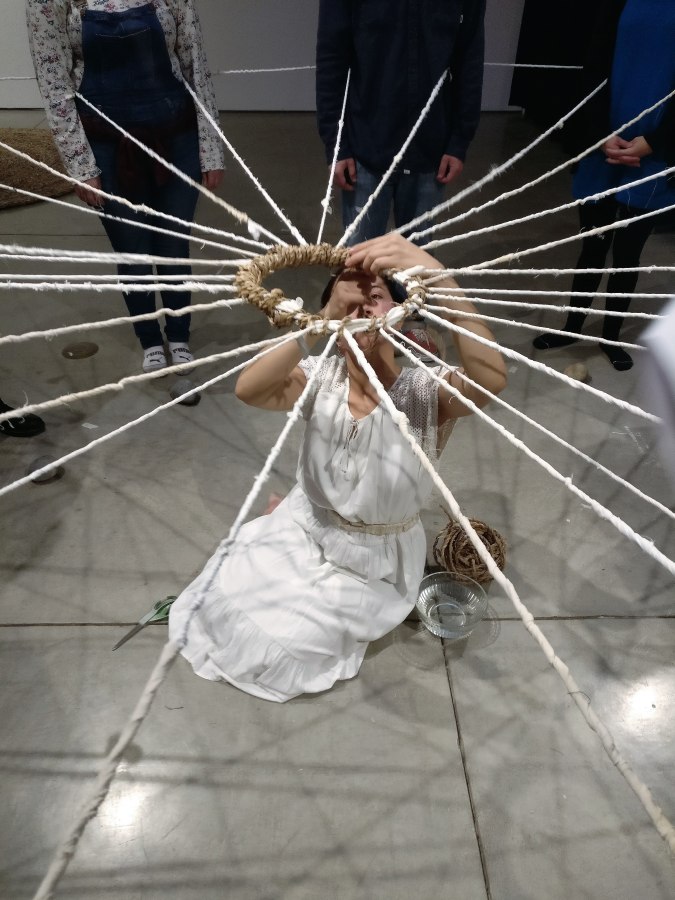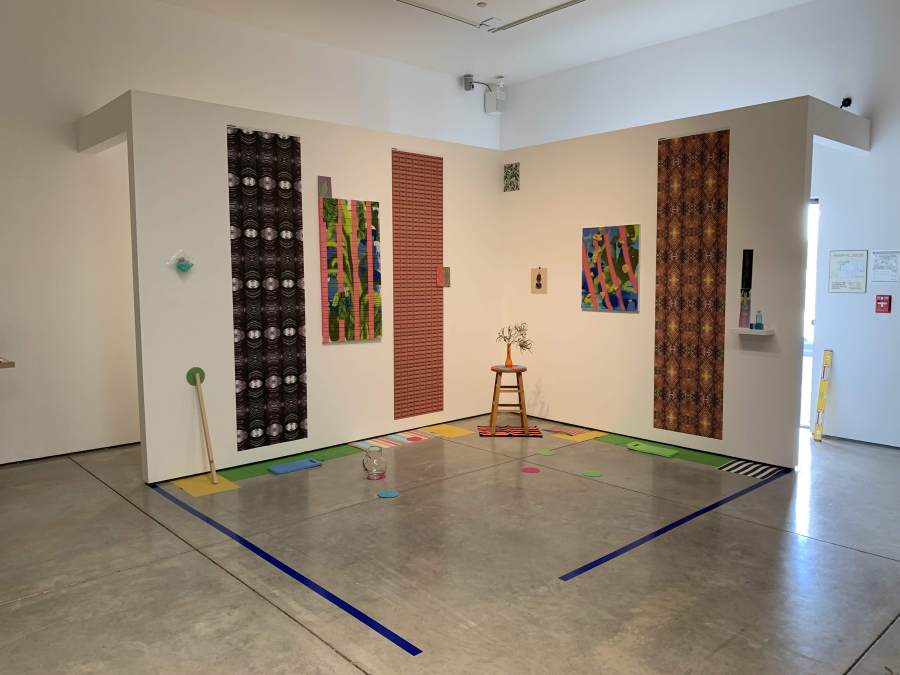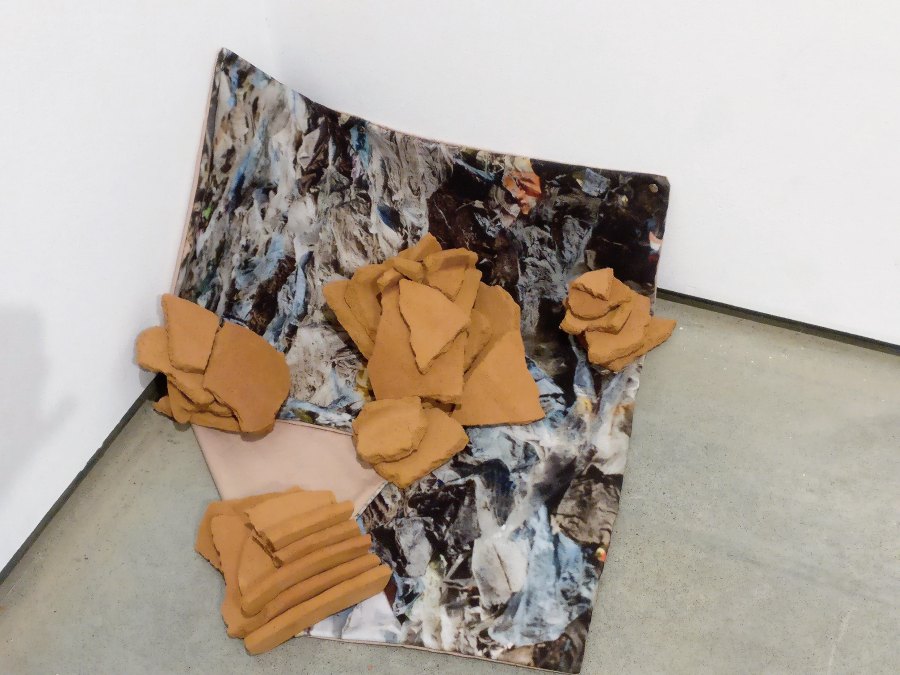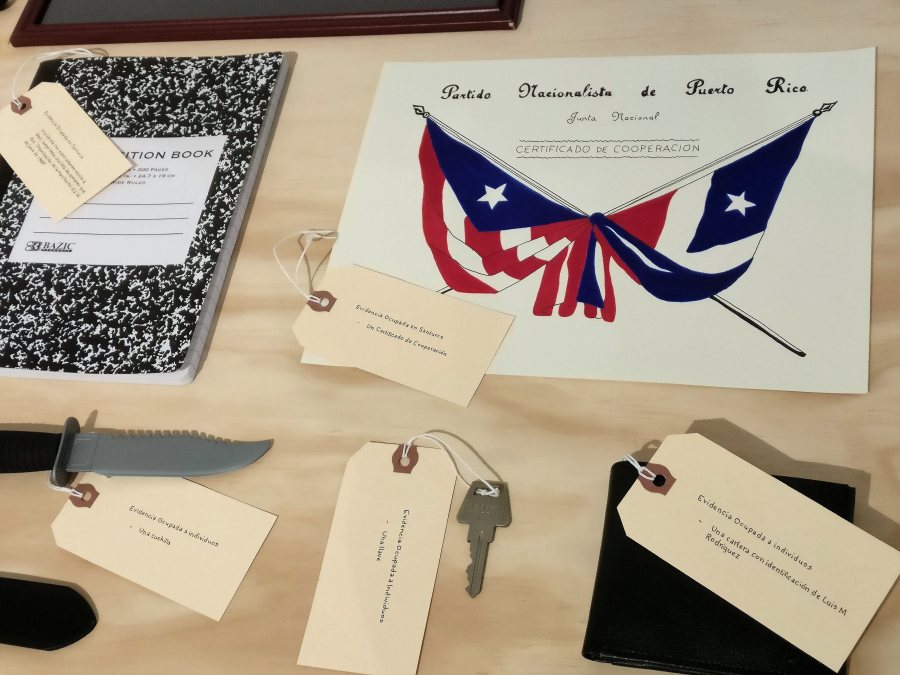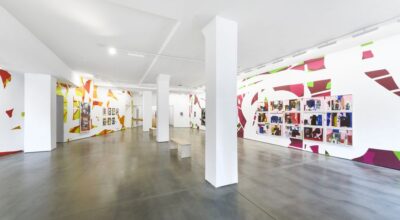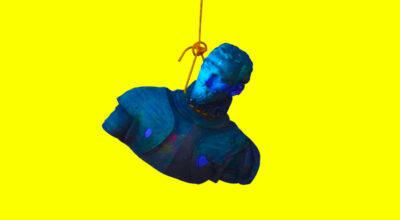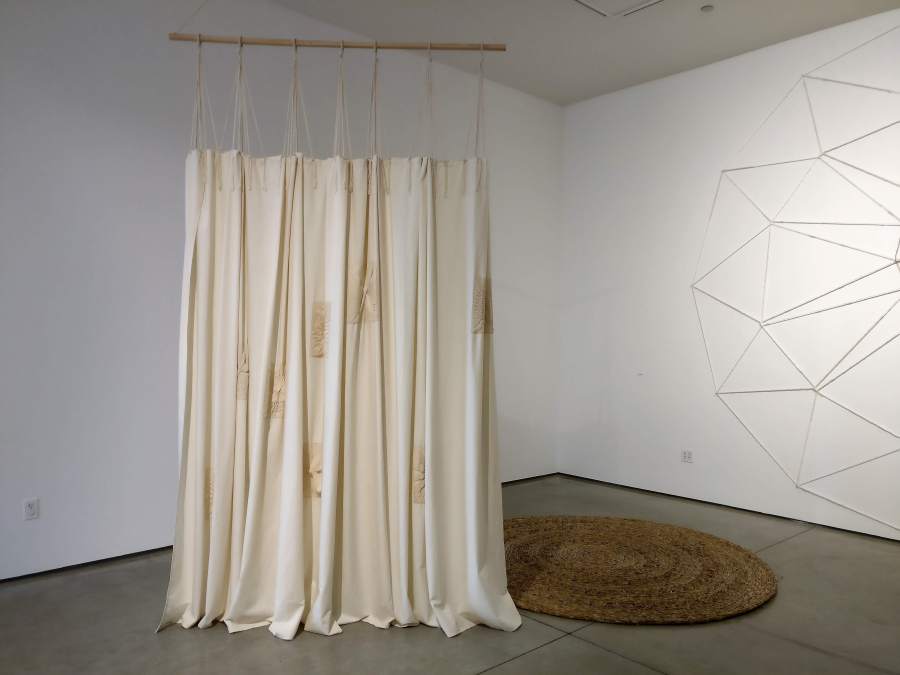
Topologies of Excess:a Survey of Contemporary Practices From Puerto Rico
Here, however, we cannot avoid the tide. The island is tidal. The tide enjoys control, arguably more than the people she surrounds. You can only get on and off when the water lets you. The tide can physically stop you
Julie Crawshaw and Menelaos Gkartzios
The way art works: Descriptions of community governance
Ex·cess: the state or an instance of surpassing usual, proper, or specified limits: superfluity
Puerto Rico is a great place to talk about the excess of things. Tropical anxieties and aggressive colonial capitalism cohabitate with immense natural beauty and the promise of paradise. Cold beer, warm sea, green mountains, blue sky, tapón (traffic jams), humidity, unpayable debt and so on. The tourist gaze is real and so are our commodified landscapes, but the truth remains: cold beer and warm sea is a match made in Caribbean heaven. Puerto Rico is lush, vibrant, full of life but it is also challenging, insular and in many ways – good, bad, and everything in between, excessive.
Cuesta College and the Harold J. Miossi Art Gallery have invited eight Puerto Rican artists whose work examines the notion of ‘excess.’ In the island’s marginal corners, excess has helped to manifest emancipatory practices, opening spaces of intersectional solidarity – spaces of shared struggle where new practices can emerge.
From the participatory art practice proposed by artist Jorge González and his Escuela de Oficios/Trades school; to more contemplative practices such as the meditative spaces and textile objects created by Zaida Adriana Goveo Balmaseda; to the urgent messages expressed by Amara Abdal Figueroa’s experimental practice with clay and water filters; these artists along with many others on and off the island are working through challenging socio-political landscapes and tracing the way to new modes of practicing art, thinking through art, and building life and community through art.
To·pol·o·gy: Topology is concerned with the properties of space that are preserved under continuous deformations, such as stretching, crumpling and bending, but not tearing or gluing.
A topology is a concept that is usually reserved for the field of mathematics but we would like to borrow it for this. A topology enables a different understanding of the relationships between things and ideas. In cultural theory, topology could be used to speak of changes of structures and question spaces of power. The artists highlighted in this show are engaging the natural world as an inspiring model for communal healing and thinking, regeneration, and connection. These practices demonstrate artists’ and communities’ preoccupation with challenging and reclaiming the structures of their local world.
Topologies of Excess celebrates a different understanding of the relationship between materials, histories, connection, and collaboration, one that can often only exist beyond the confines of the market and other institutional constructs. These topological approaches, in the context of economic abandonment, environmental uncertainty, and lack of institutional support push towards regenerative practices and engaged relationships between humans and their natural and unnatural environments, the role of chosen community, memory, tradition and alternative ways of sharing knowledge.
TOPOLOGIES OF EXCESS: A SURVEY OF CONTEMPORARY PRACTICES FROM PUERTO RICO
Curated by Mariola Rosario and Emma Saperstein
Participating artists: Amara Abdal Figueroa, Zaida Adriana Goveo Balmaseda, Sofía Gallisá Muriente, Jorge González, Natalia Lassalle Morillo, Juan Alberto Negroni, Mónica Rodríguez, Mariola Rosario
Harold J. Miossi Art Gallery, Cuesta College, San Luis Obispo, California, USA
January 31st, 2019 – February 27th, 2019
Featured image: Jorge González, Ensayos Libertarios. View of the exhibition Topologies of Excess, Harold J. Miossi Art Gallery, Cuesta College, San Luis Obispo, California, USA. Courtesy of the artist.
También te puede interesar
ARTURO HERRERA: BETWEEN
Los murales de Herrera también profundizan en ideas y prácticas reconocibles de la abstracción gestual, que él compara con las cualidades de la danza y la música. En el caso de los murales de...
MONUMENTOS INCÓMODOS
Las opciones de qué hacer con los monumentos relacionados a la historia del racismo, la explotación colonizadora y que incitan al odio, son muchas. Sin embargo, las propuestas deberían ser parte de un proceso...
El Arte Sensorial de Valeska Soares en Una Retrospectiva en California
El Santa Barbara Museum of Art, en California, presenta la mayor exposición retrospectiva en la Costa Oeste de Estados Unidos de la artista brasileña radicada en Nueva York, Valeska Soares (Belo Horizonte, 1957). "Valeska...

